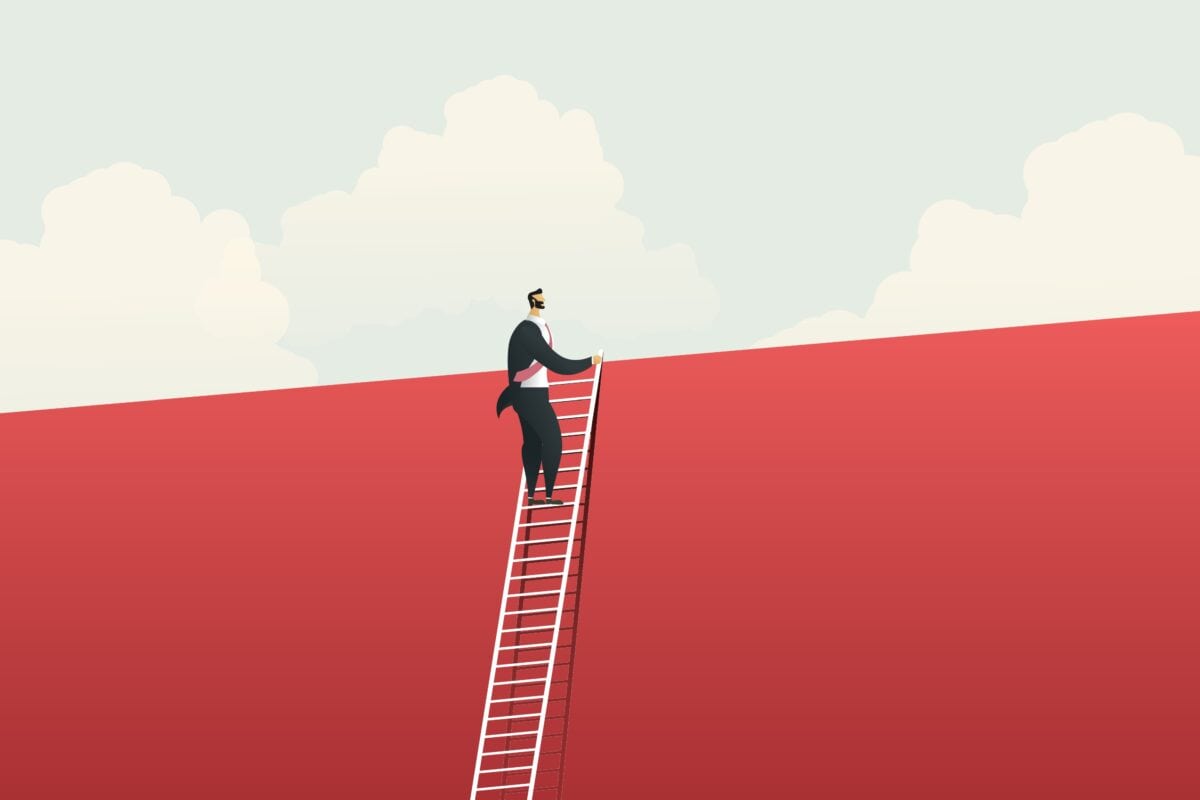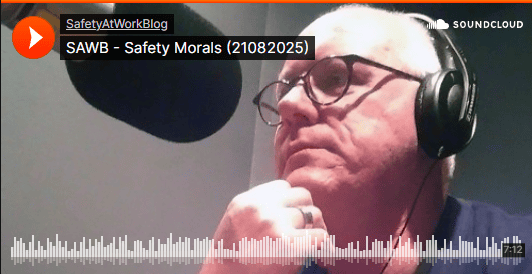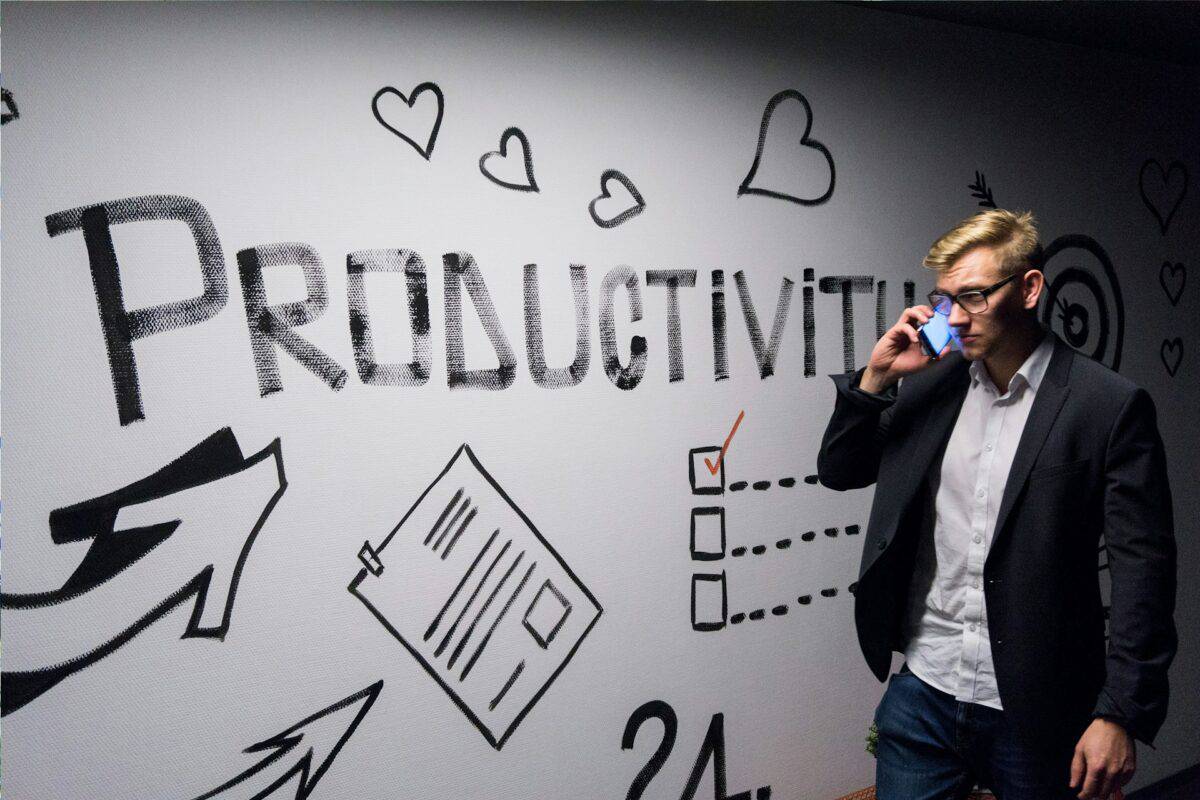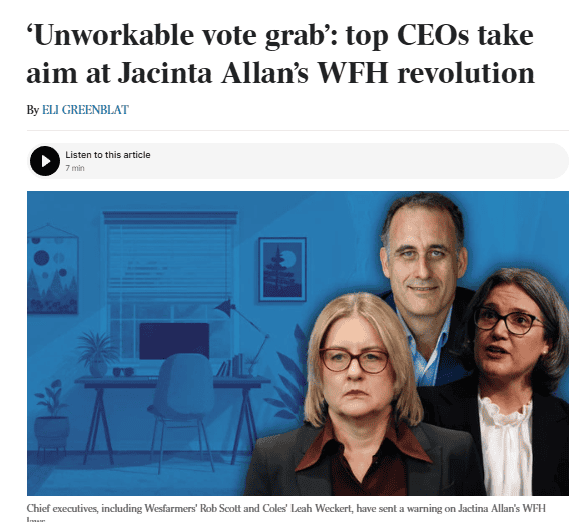There are several ways to write about Safe Work Australia’s recent Research Summit. This is the first article and will discuss a couple of features of the summit and ask if the summit achieved its aims.
Category: law
Balancing Acts That Miss the Point
One of the aims of Australia’s Model Work Health and Safety Act is to
“… provide a balanced and nationally consistent framework to secure the health and safety of workers and workplaces.” (page 5, Best Practice Review of the model Work Health and Safety laws – Discussion Paper, September 2025)
There are several ways to interpret “balance” – an equilibrium/harmony or the process for weighing interest, a noun or a verb. I am not sure that ‘balance’ or ‘balanced’ are suitable terms in a document that should provide clear guidance on occupational health and safety (OHS) matters. It may be an example of how an inexactitude can lead to over-complexity and OHS’s reputation for business bullshit.
More OHS voices needed
A new discussion paper from Safe Work Australia (SWA) is interesting in a curious way. Its purpose is confusing, and its final report will not be presented until mid-2026. SWA offers no definition of “best practice” but suggests that consideration should start from the objective of the Model Work Health and Safety Act:
“….to ensure the model WHS laws continue to provide a balanced and nationally consistent framework to secure the health and safety of workers and workplaces.”
Audio summary on reasonably practicable
In the next short audio episode, I discuss the myth of “reasonably practicable” within occupational health and safety (OHS) and the moral implications it carries. Safety is not just about adhering to laws but about upholding values and a moral code in the workplace. Legislation should be viewed as a tool, not a destination, and we must go beyond mere compliance to effectively protect workers from harm.
This thought-provoking discussion is based on an article from SafetyAtWorkBlog, published on August 21, 2025.
Fix the Cake, Not Just the Icing
The Australian Psychological Services has provided some excellent advice on what to look out for when arranging speakers for October, which is both Mental Health Month and National Safe Work Month.
The Seductiveness of Action Without Change
The challenge in addressing psychosocial hazards at work comes not from the dangers posed but from the executives’ willingness to change. Recently, David Burroughs reflected on his years of advising executives on this hazard. Burroughs’ experience of corporate responses to workplace bullying is indicative of the challenge of organisational change.
Why are the bosses’ knickers in a twist over work-from-home?
Two major Australian media outlets are continuing to focus on the issue of working from home (WFH), criticising the concept and some local political moves. WFH offers some significant mental health benefits that are being largely ignored. The front page of The Australian newspaper for September 1, 2025, provides the latest example.







